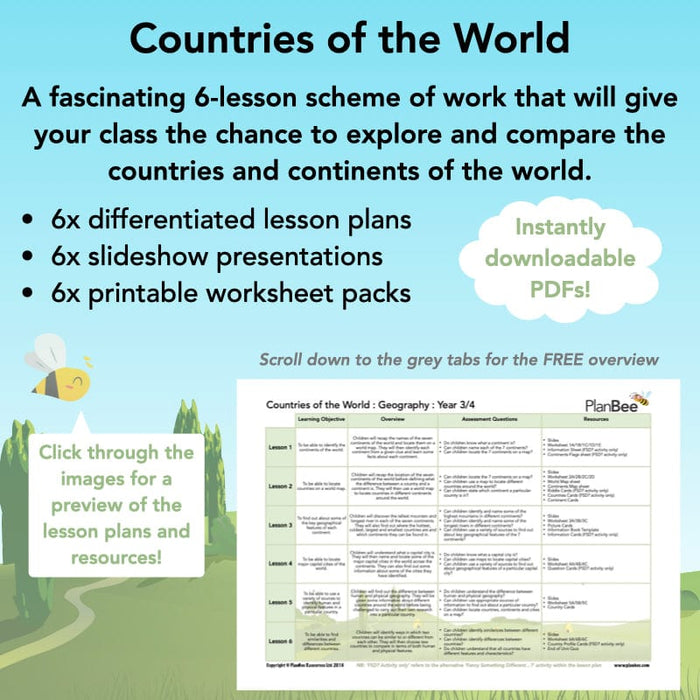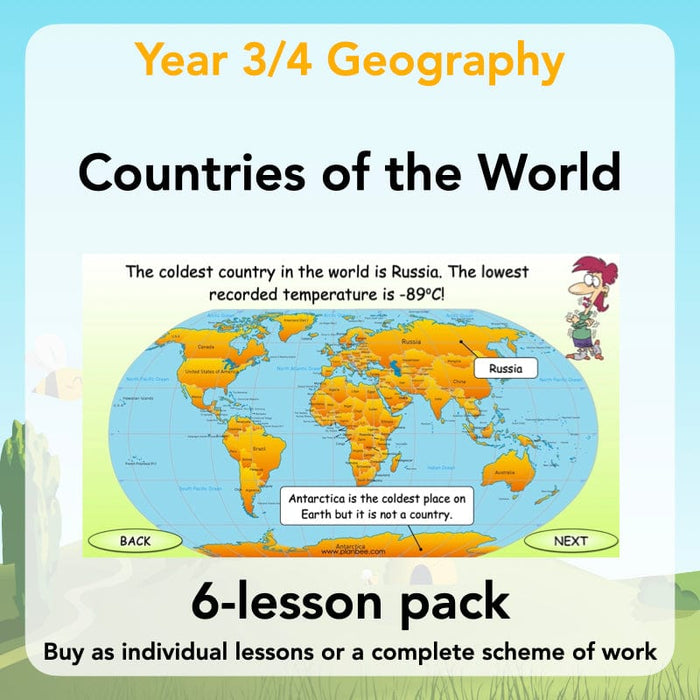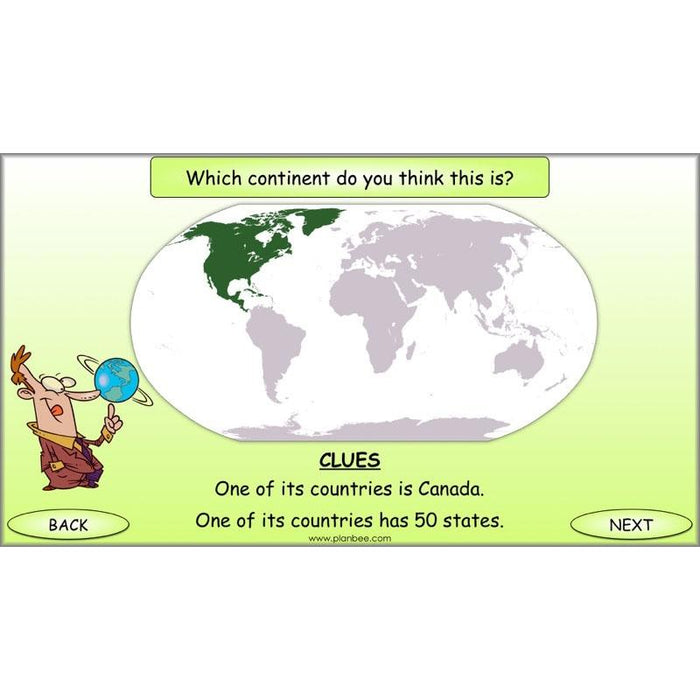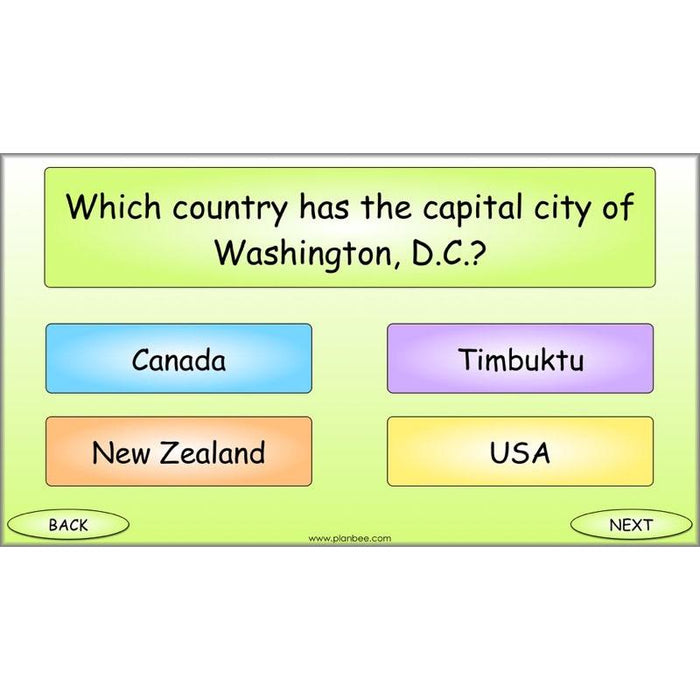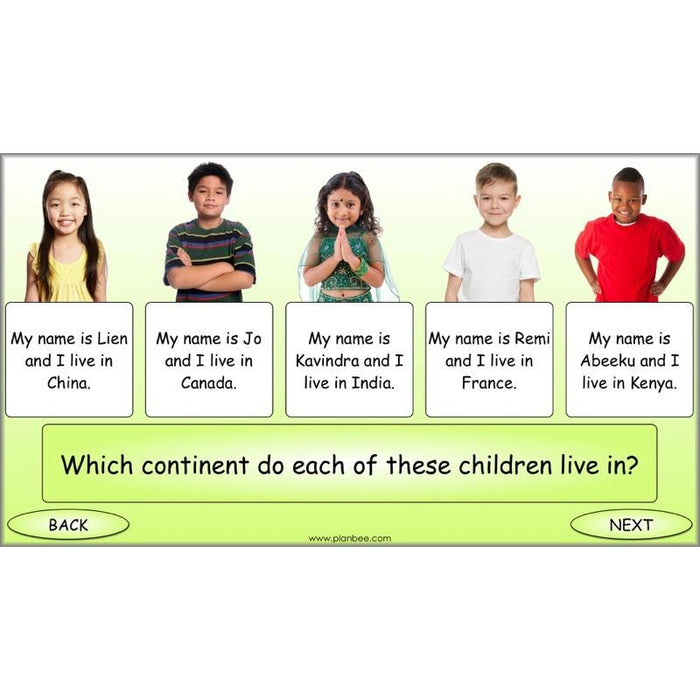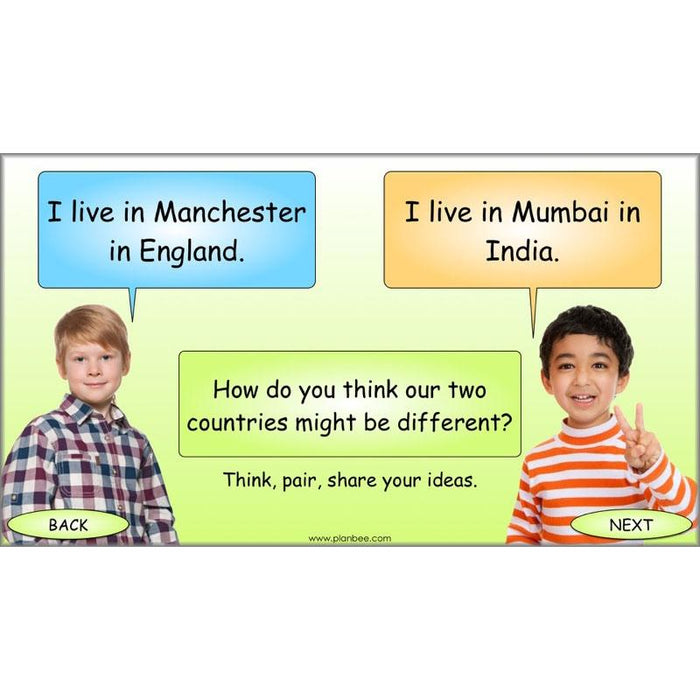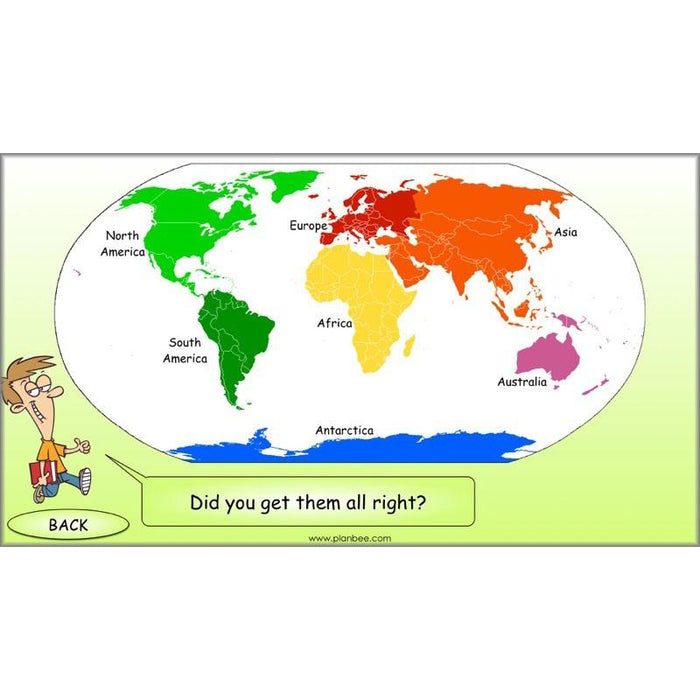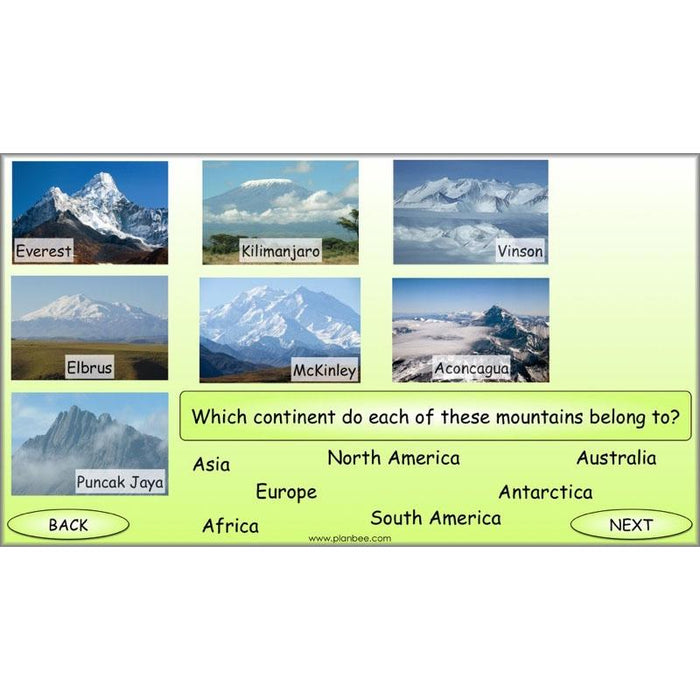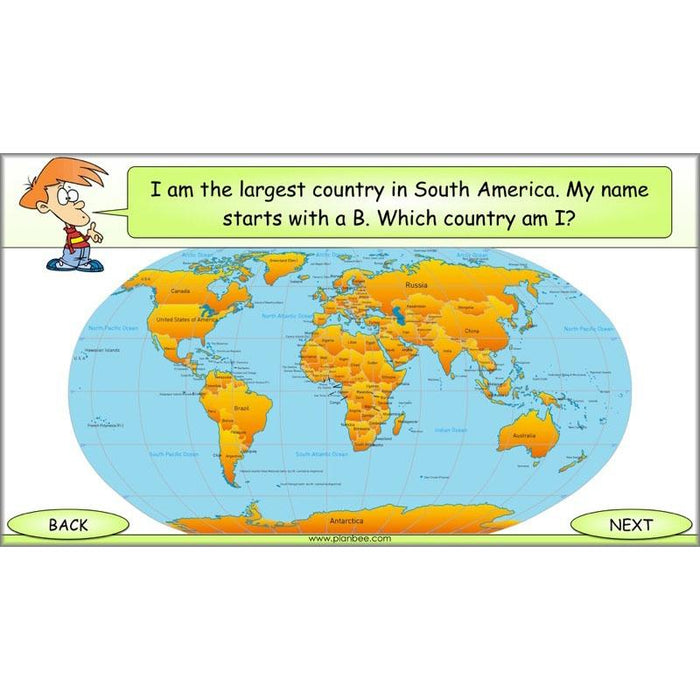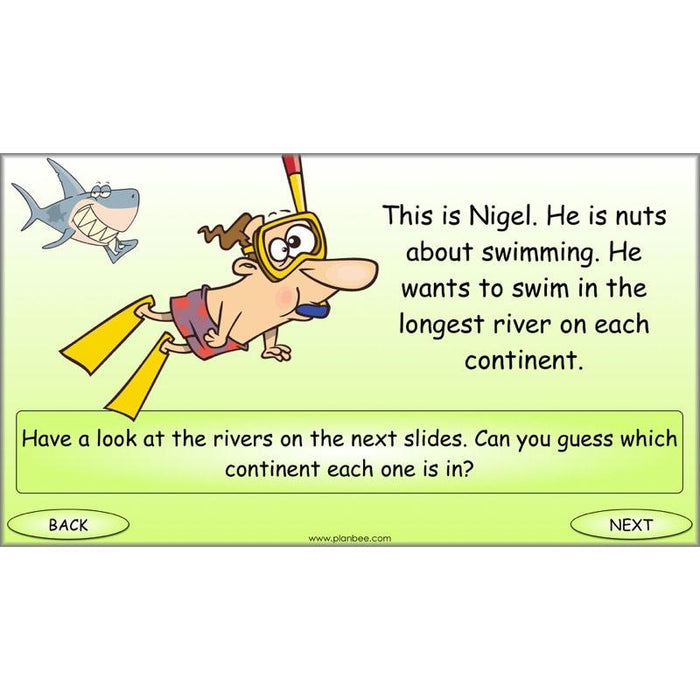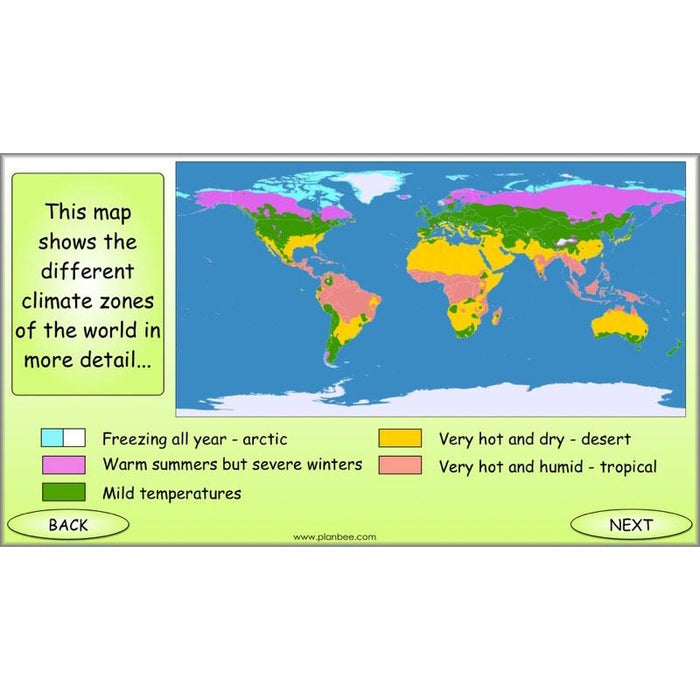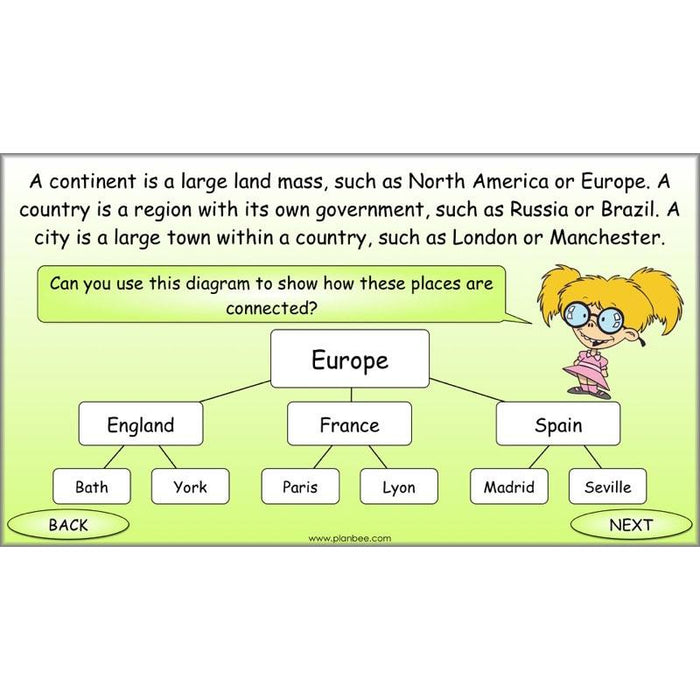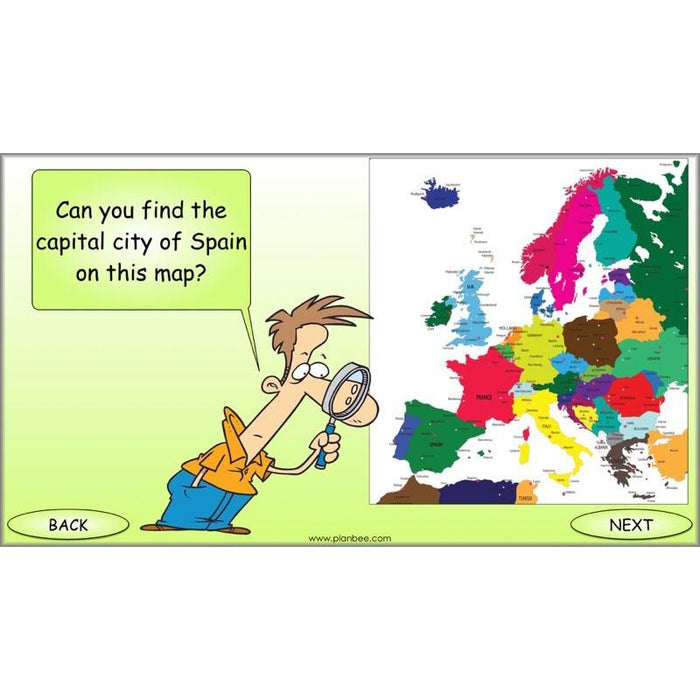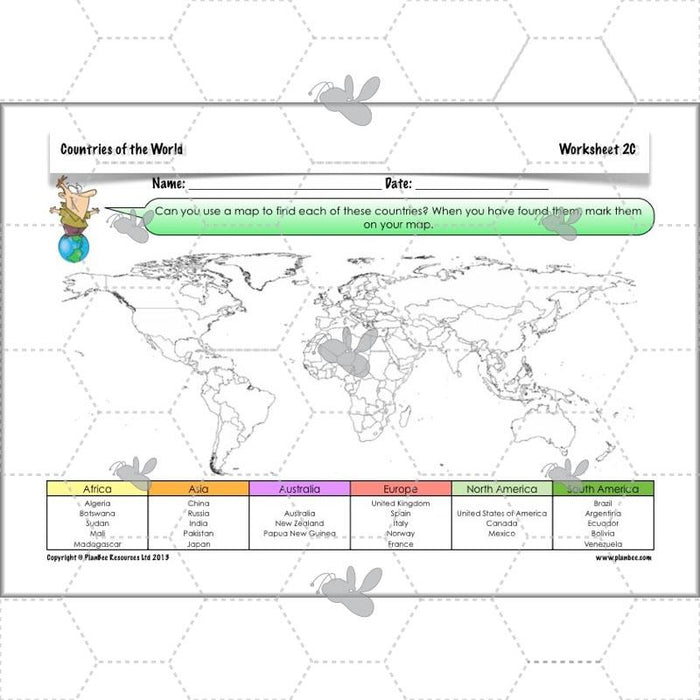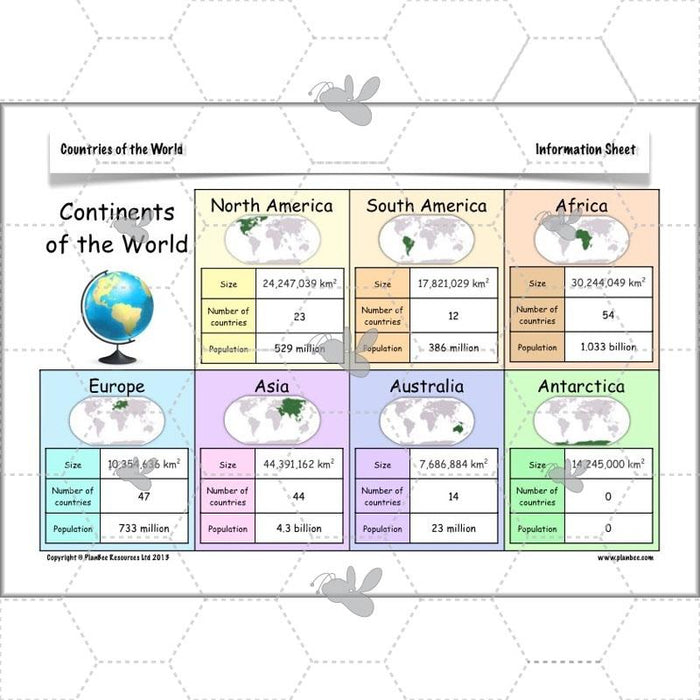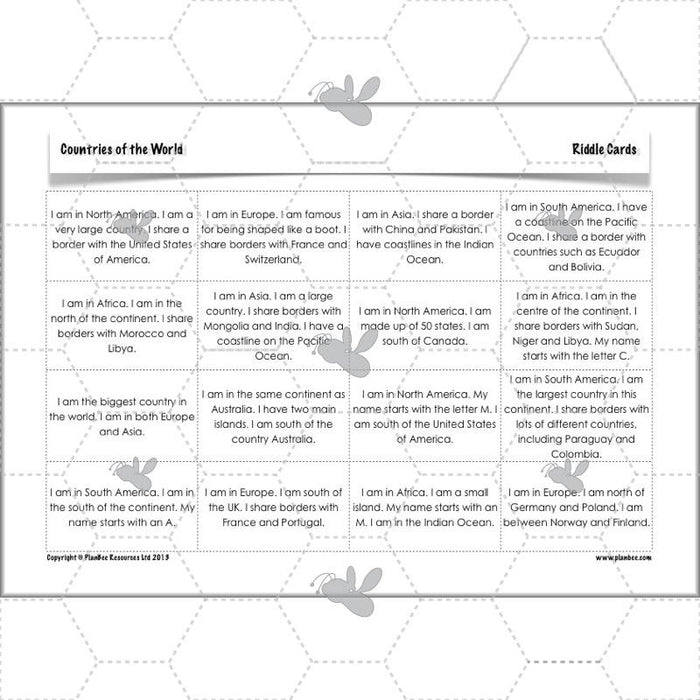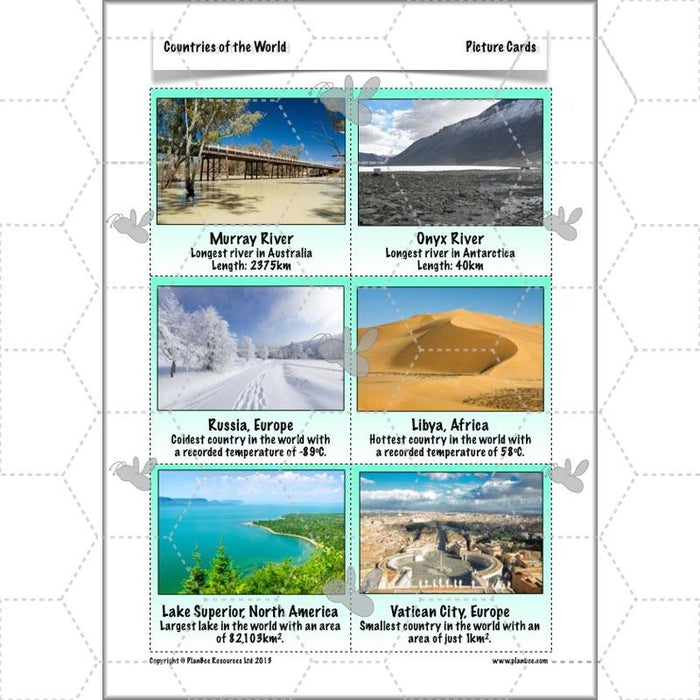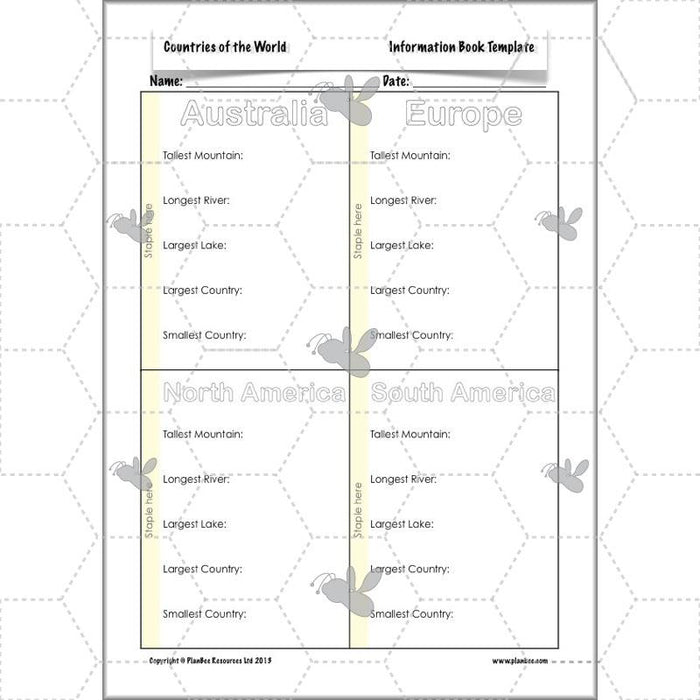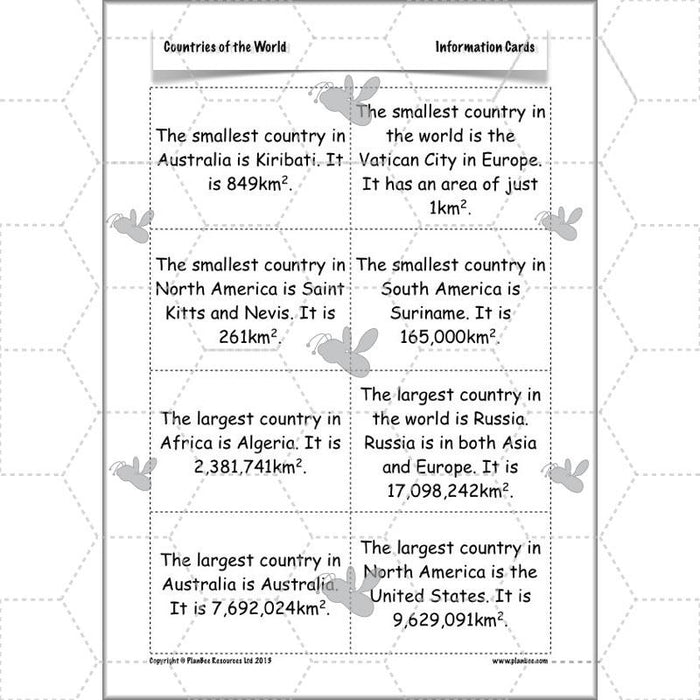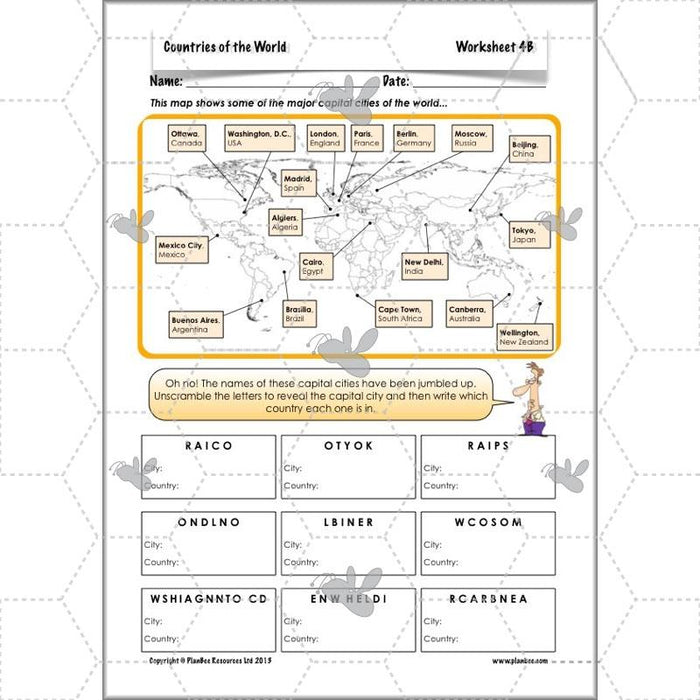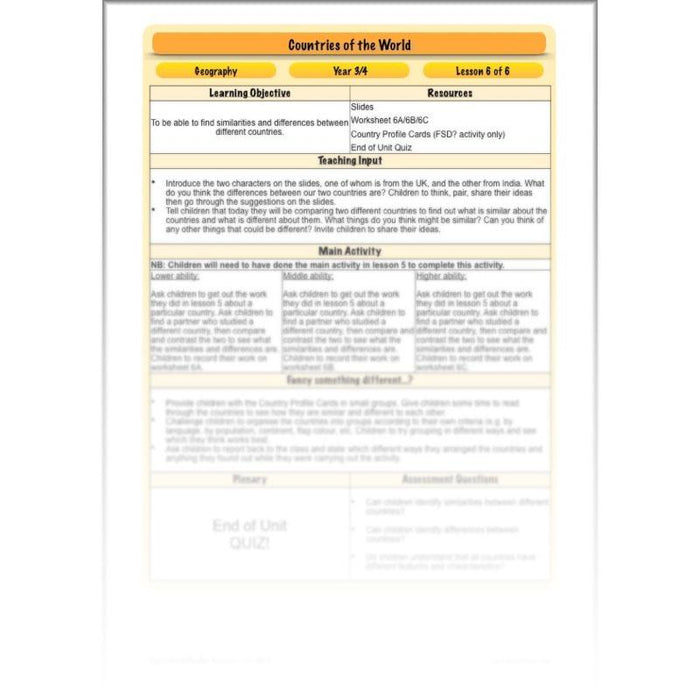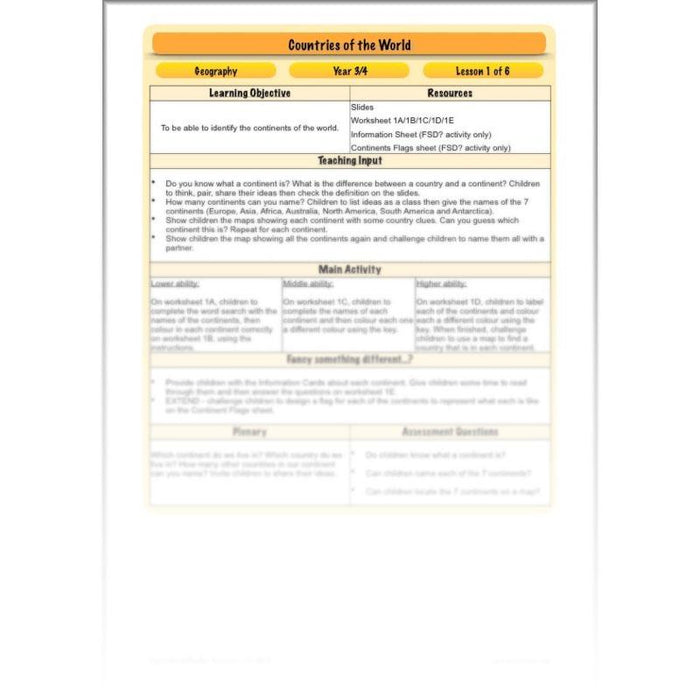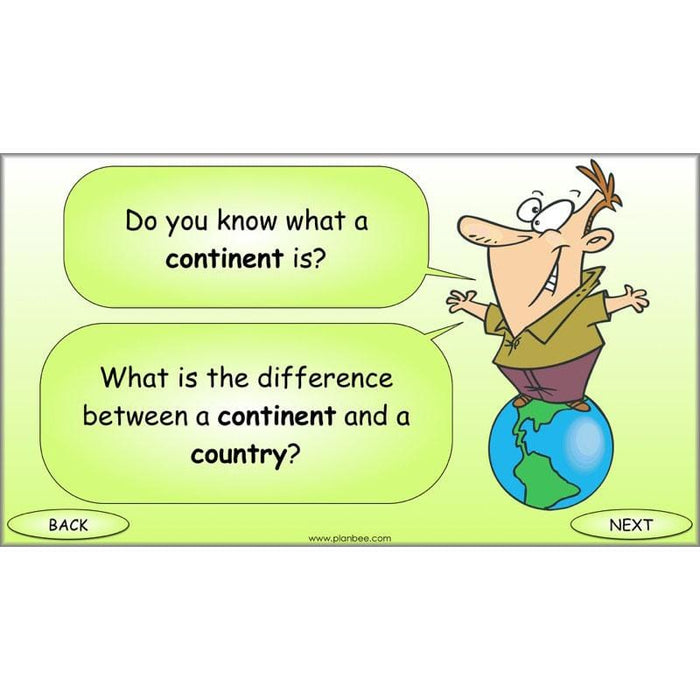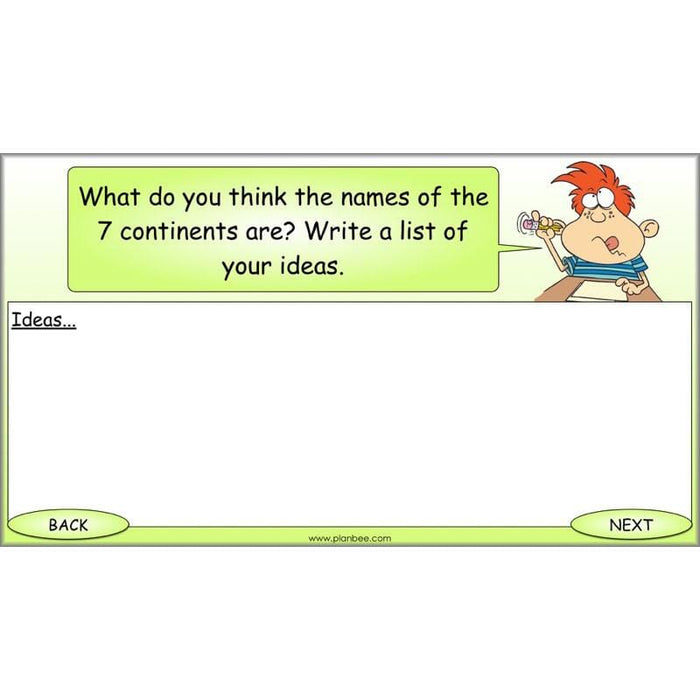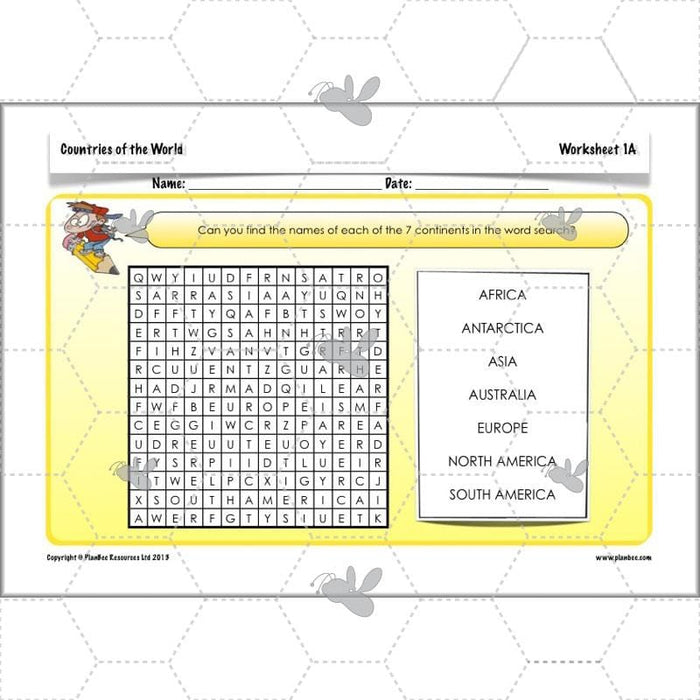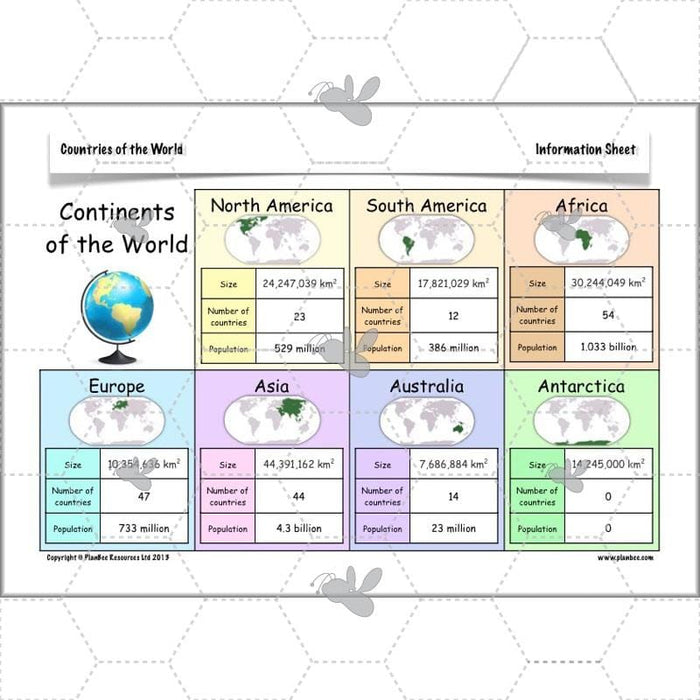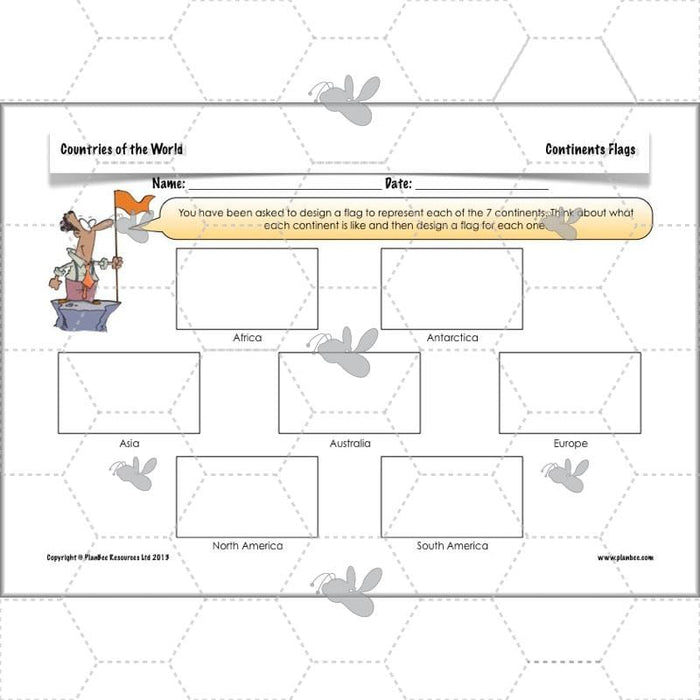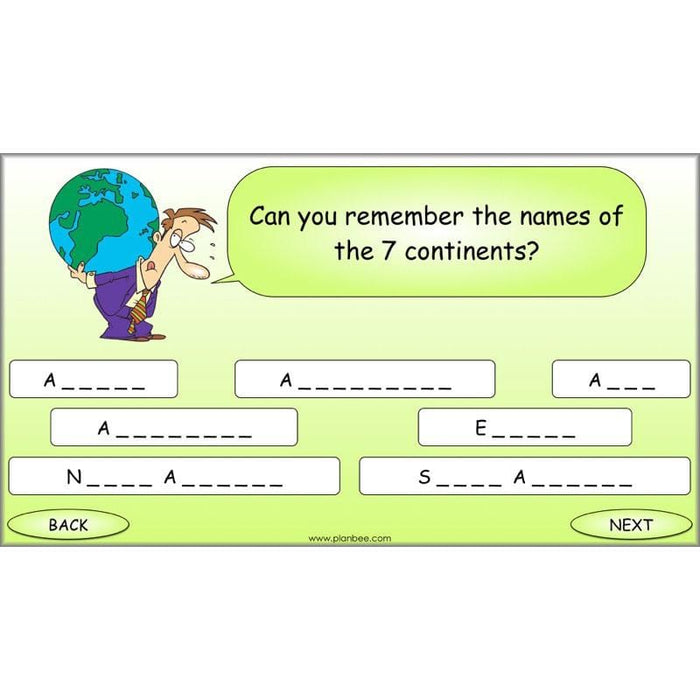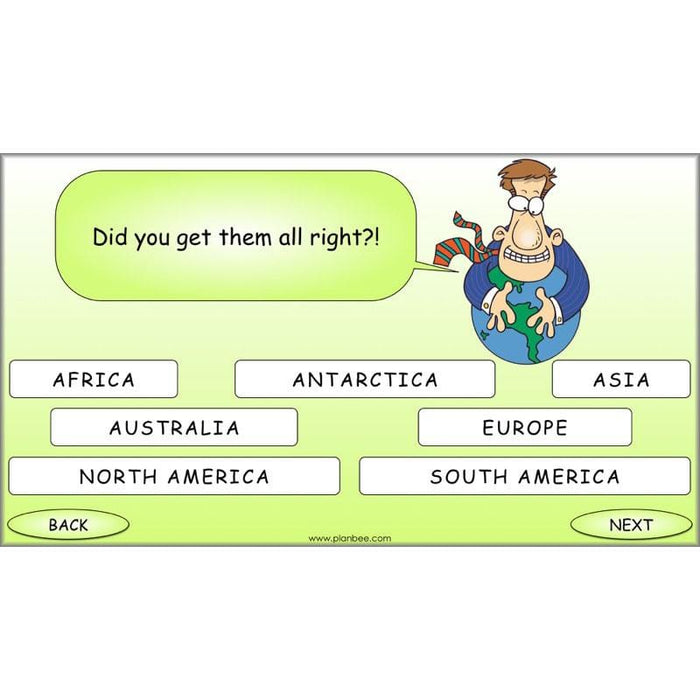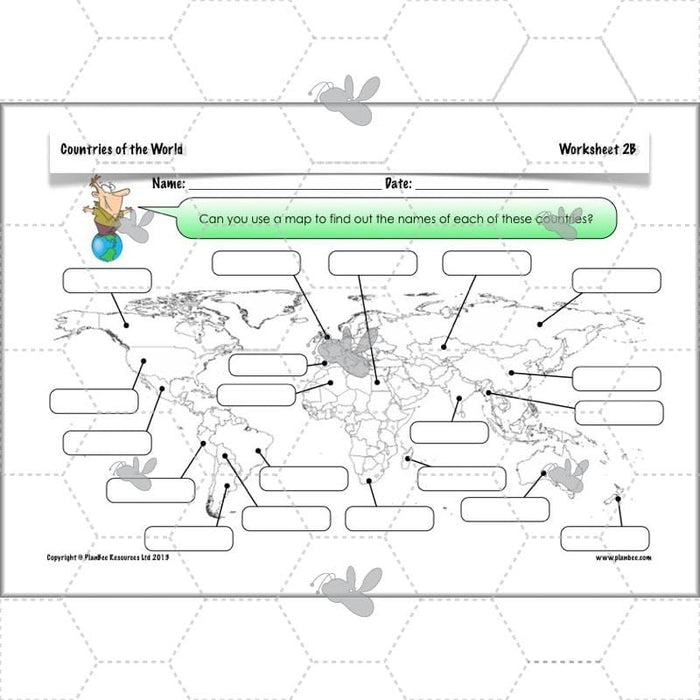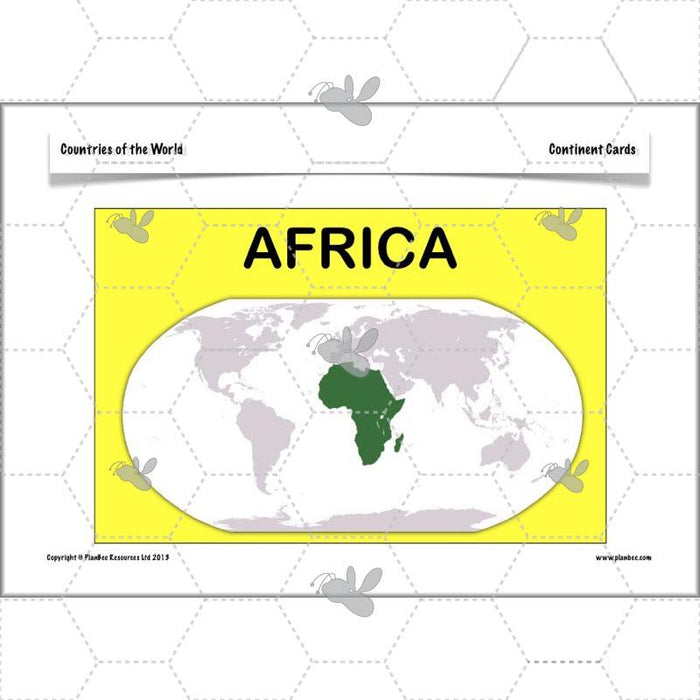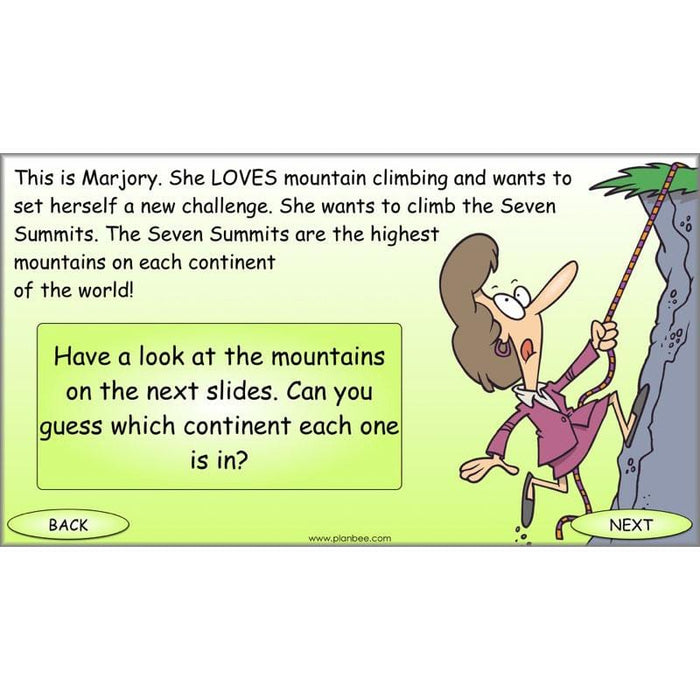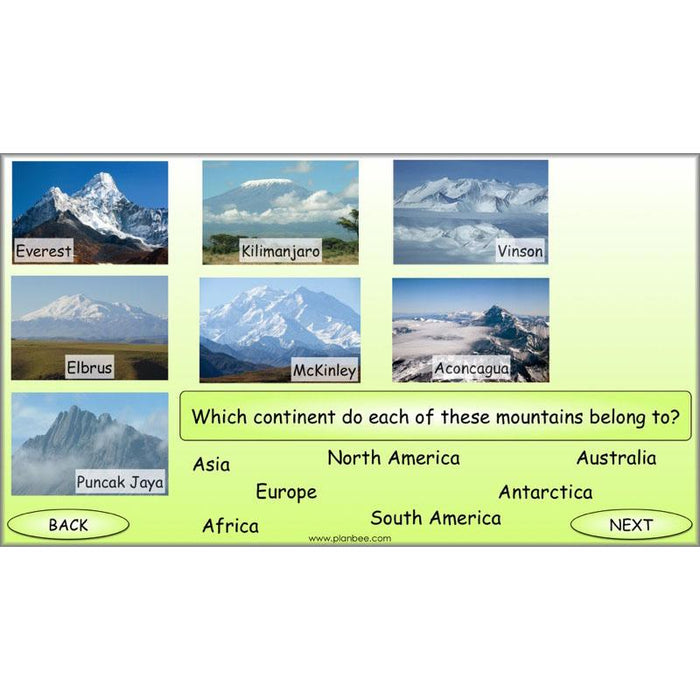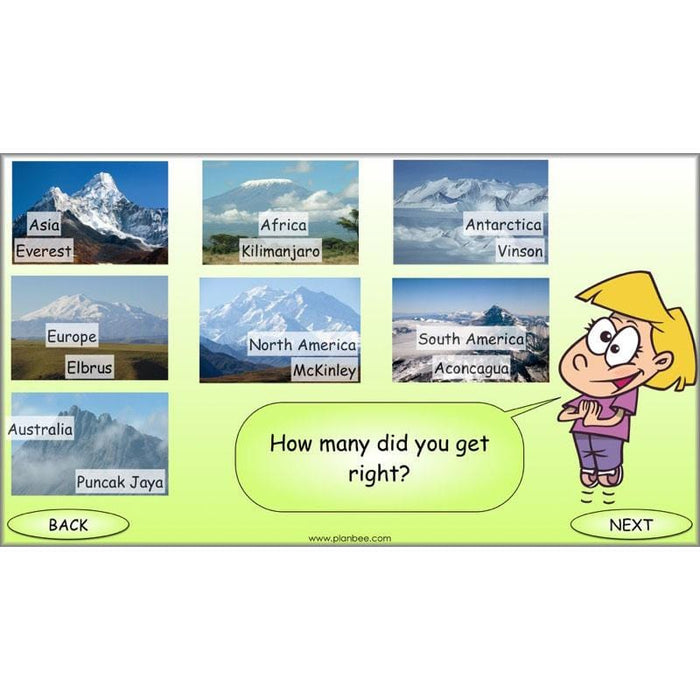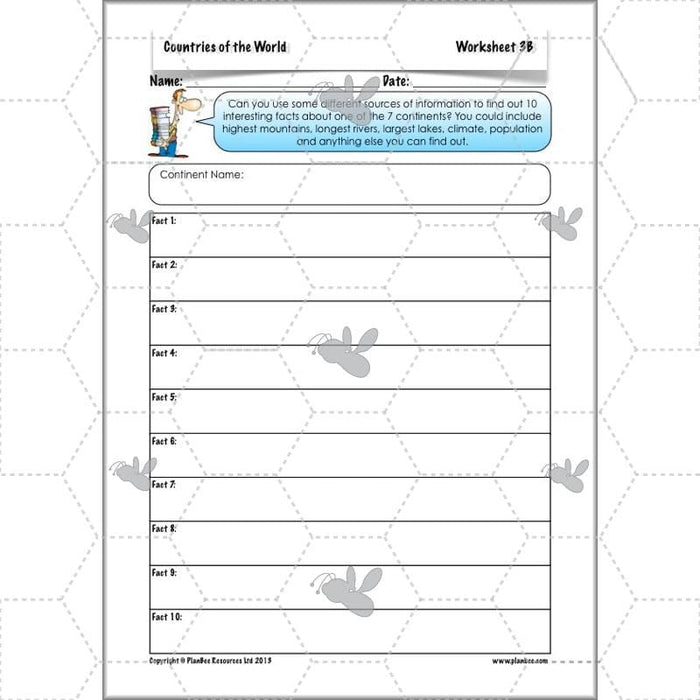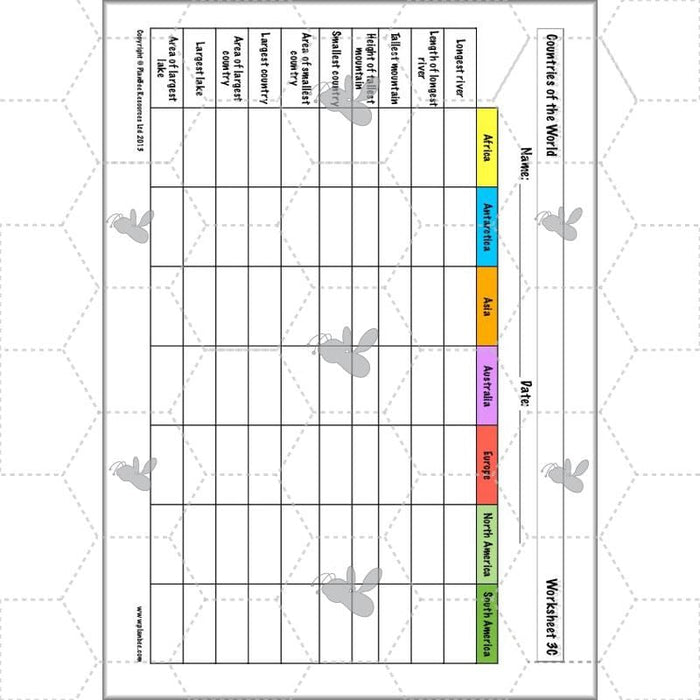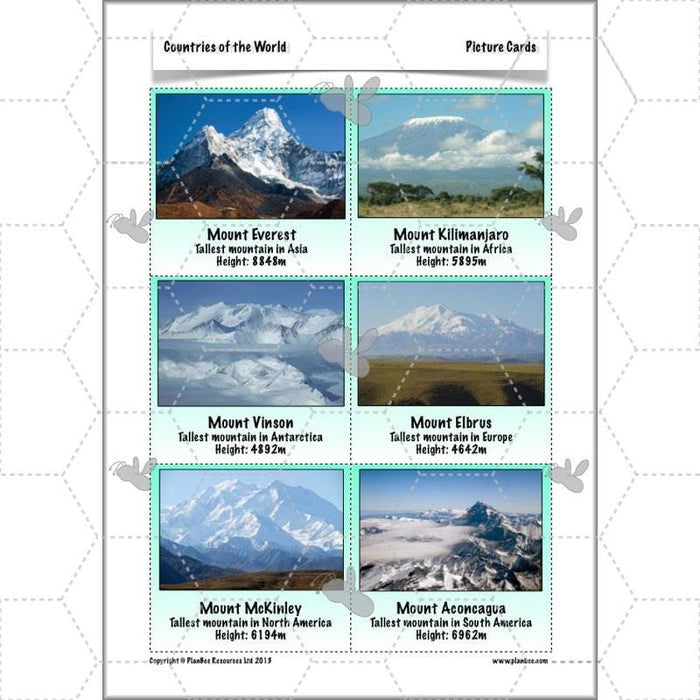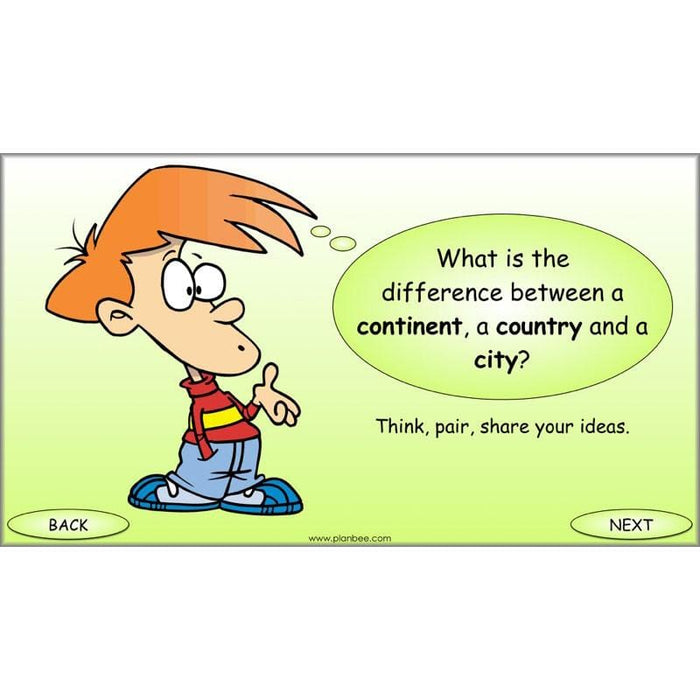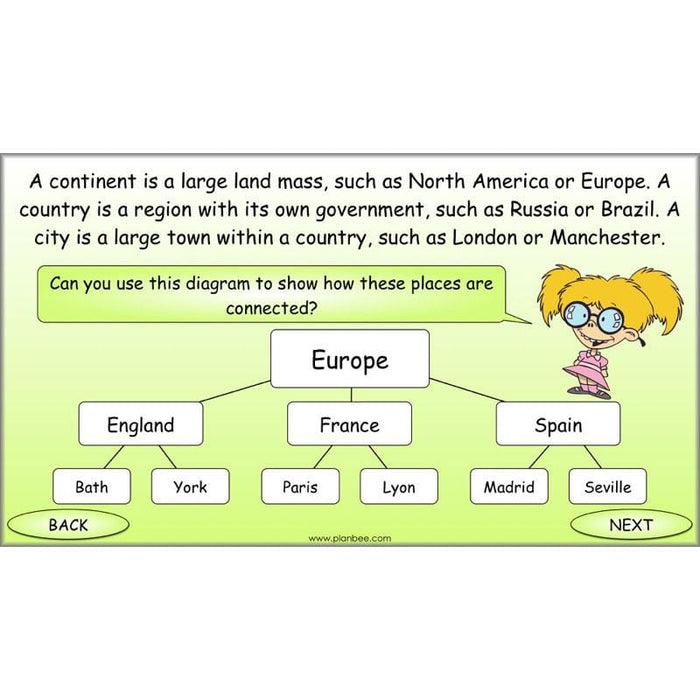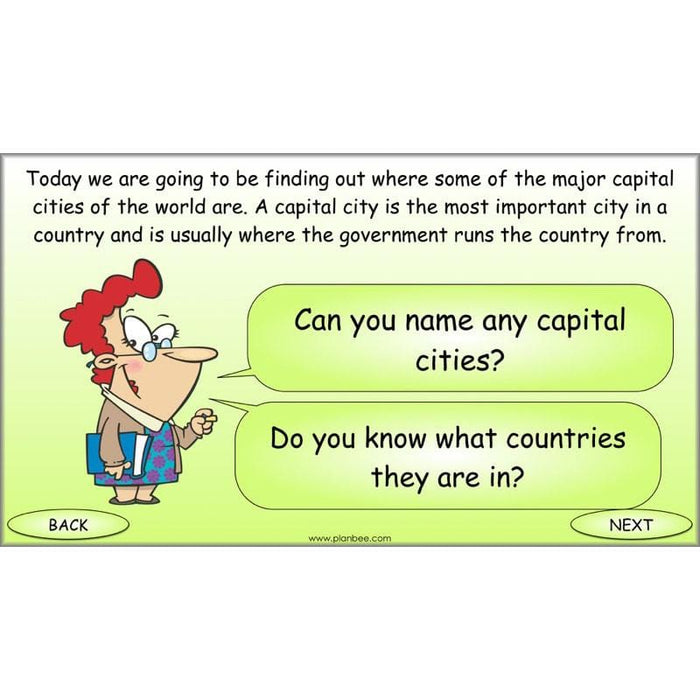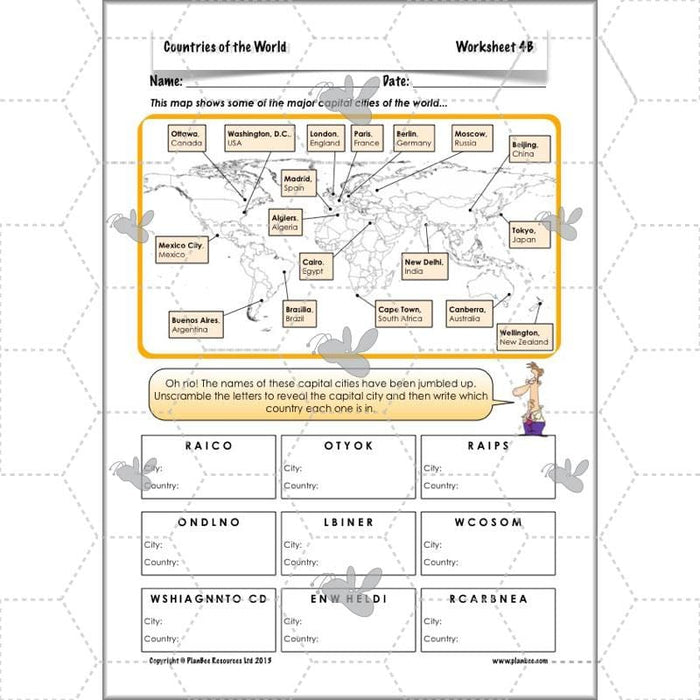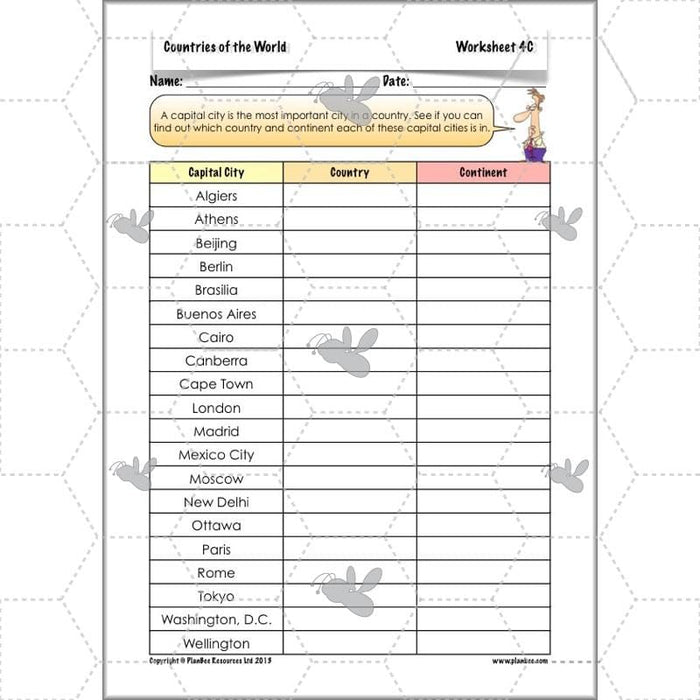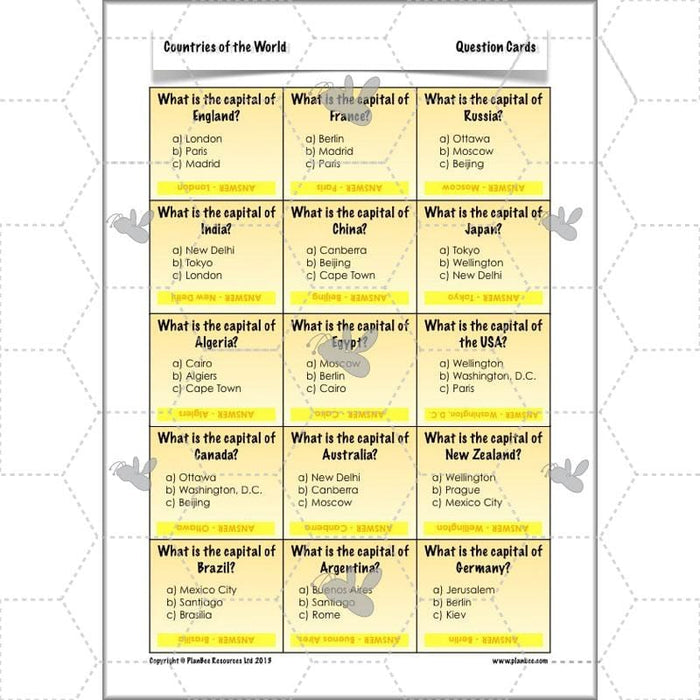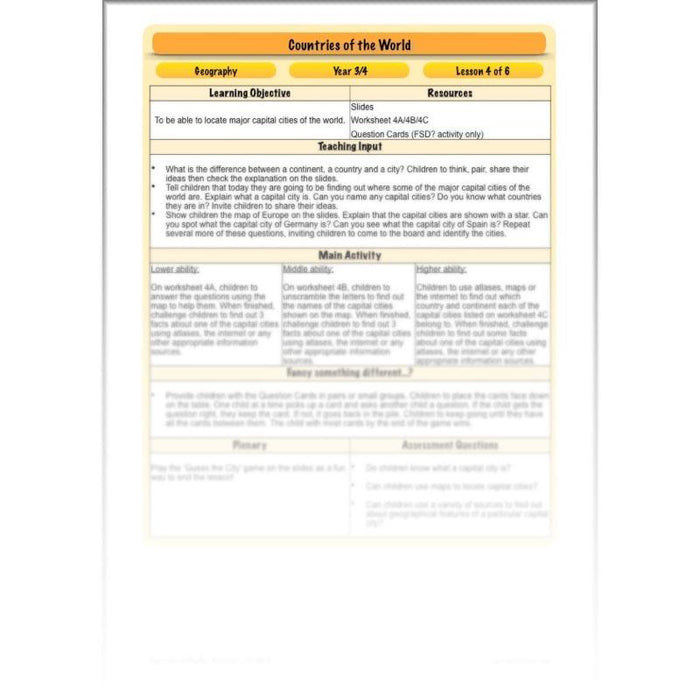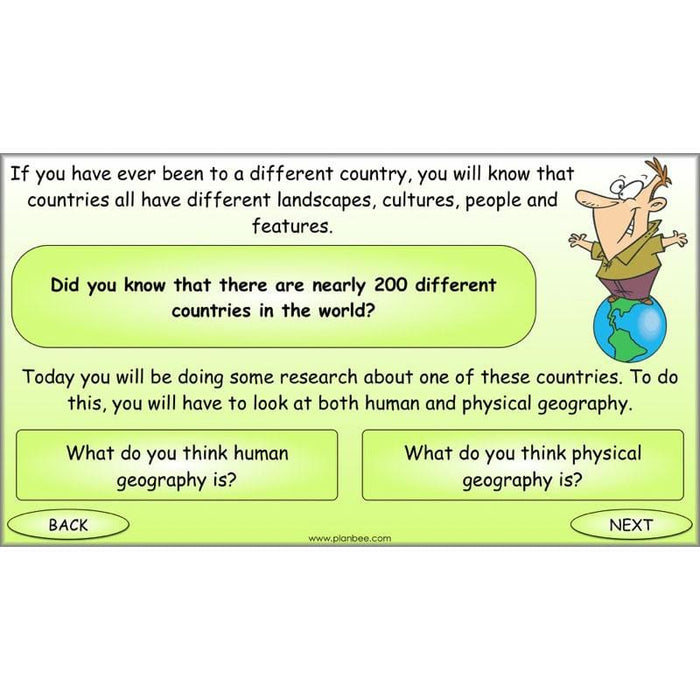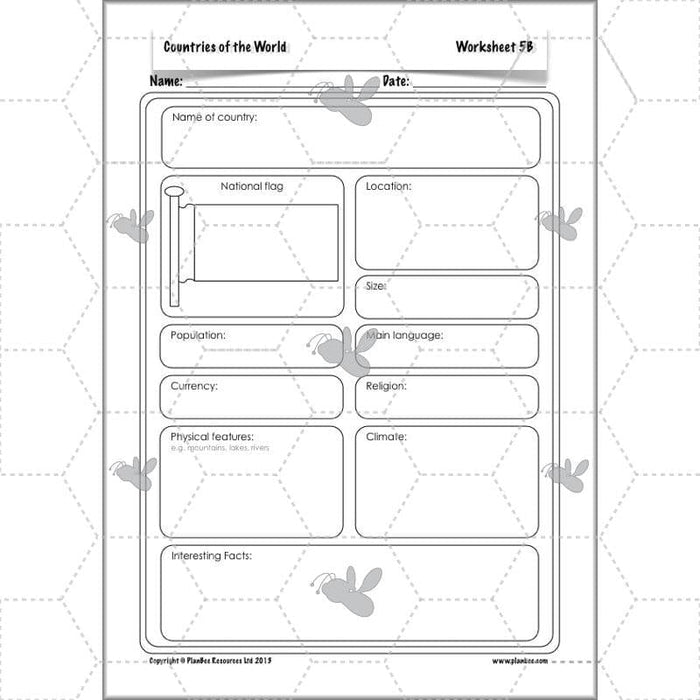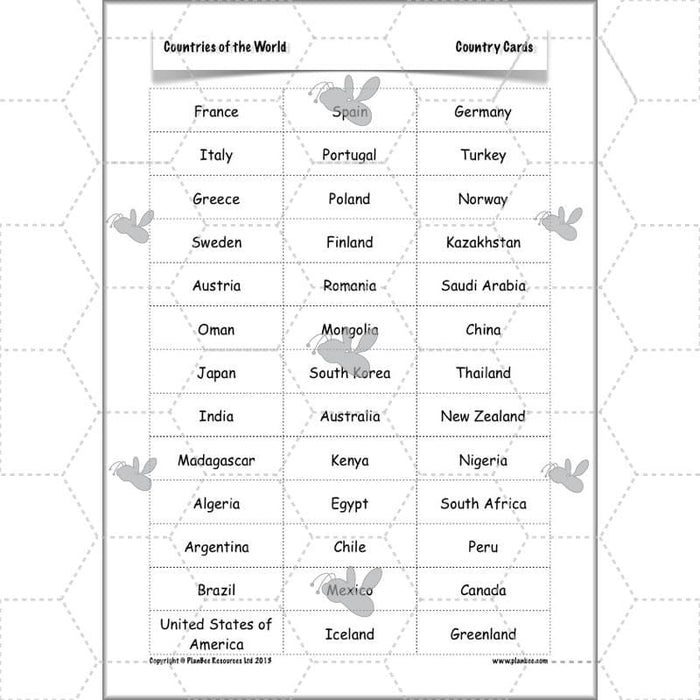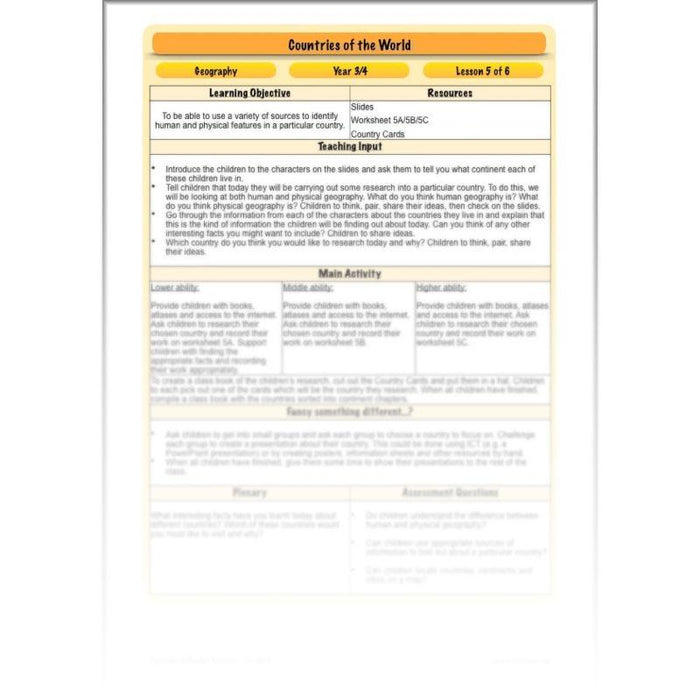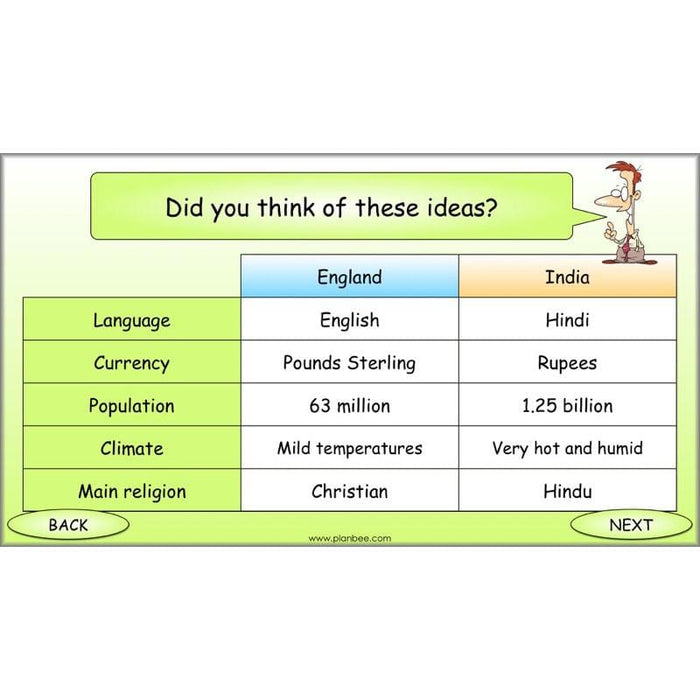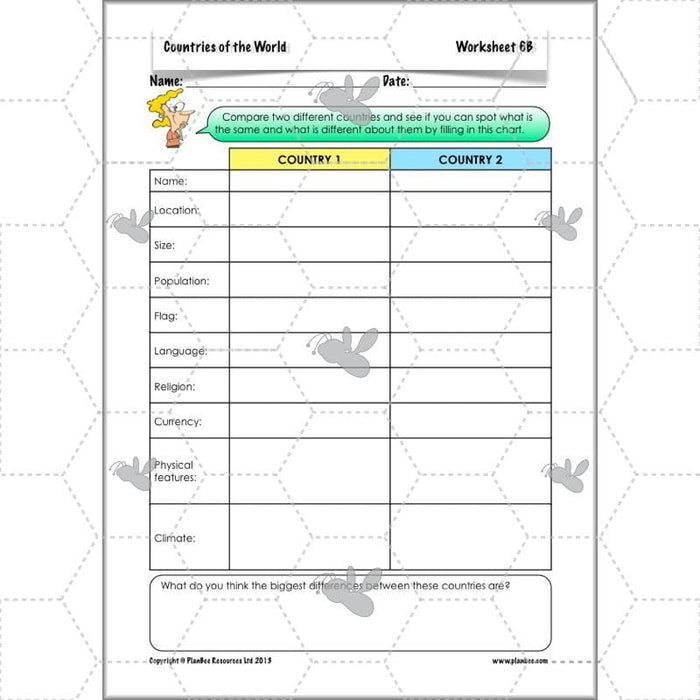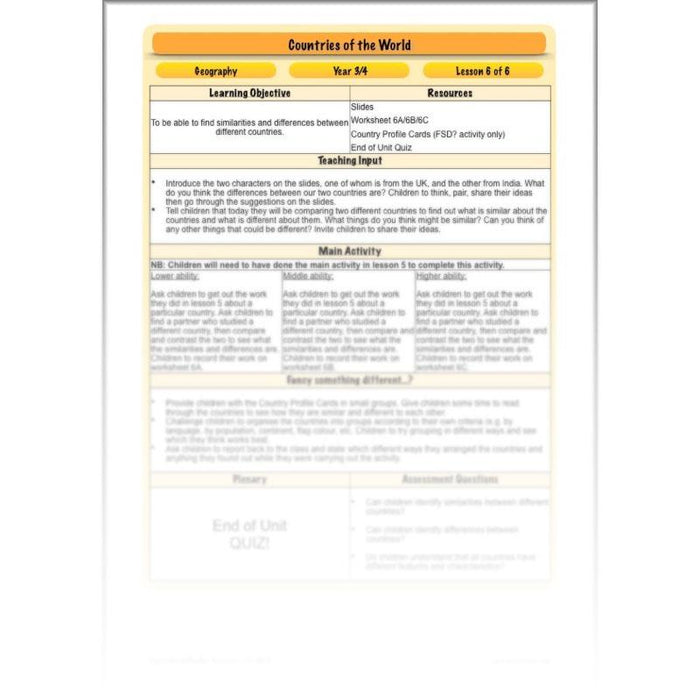#TheCompleteSeries6lessons
With lesson plans, activity ideas, differentiated worksheets, maps, challenges and more, these 'Countries of the World' lessons contain all you need to make your Geography teaching world class!
#Lesson1TheSevenContinents
The first lesson in this series teaches your class to identify the seven continents of the world and to locate them on a world map. They also have the chance to find out some information about each one, such as size and the number of counties each one has.
What's included:
- Lesson plan
- Slides
- Activity ideas
- Differentiated worksheets
- Information Sheet
- Continents flag sheet
#Lesson2LocatingCountries
Now that your class know where the seven continents are, they can use this knowledge to help them identify and locate countries around the world. Children will fine-tune their map skills as they hunt for countries from Russia to Rwanda and Japan to Germany using a world map. There are also some tricky riddles to solve!
What's included:
- Lesson plan
- Slides
- Activity ideas
- Differentiated worksheets
- World map
- Continents map
- Riddle cards
- Continent cards
- Country cards
#Lesson3GeographicalFeatures
This challenging but informative lesson gives your class more of a geographical overview of each continent. On a daring voyage of discovery, they will find out about the tallest mountains and longest rivers, as well as where the hottest, coldest, largest and smallest countries are.
What's included:
- Lesson plan
- Slides
- Activity ideas
- Differentiated worksheets
- Picture cards
- Information book template
- Information cards
#Lesson4CapitalCities
Honing their map skills even further, your class will get the chance to use what they now know about countries and continents to help them locate some of the major capital cities of the world. They can then find out some information about some of the cities they have identified before doing a quiz to see what they can remember.
What's included:
- Lesson plan
- Slides
- Activity ideas
- Differentiated worksheets
- Question cards
#Lesson5CountryStudy
This lesson allows your class to put their research skills to the test as they choose one particular country to study. The slides introduce your class to some children who live in different countries around the world and give a brief overview as to what their country is like. Your children will then get the chance to explore areas of both human and physical geography, such as size, population, language, religion, landmarks and more, and then present the information they have found out.
What's included:
- Lesson plan
- Slides
- Activity ideas
- Differentiated worksheets
- Country cards
#Lesson6ComparingCountries
The final lesson in this series allows your class to compare two different countries to find out what they have in common and what the differences between them are, in terms of both human and physical features such as population, size, currency, main religion and climate.
What's included:
- Lesson plan
- Slides
- Activity ideas
- Differentiated worksheets
- Country profile cards
- End of unit quiz
Free Overview (Medium-Term Plan)
Download a free overview to support your teaching of this scheme of work.
Free Assessment Grid
Download a free, editable assessment grid to support your teaching of this scheme of work.
Curriculum Objectives covered
- KS2 - locate the world’s countries, using maps to focus on Europe (including the location of Russia) and North and South America, concentrating on their environmental regions, key physical and human characteristics, countries, and major cities
- KS2 - understand geographical similarities and differences through the study of human and physical geography of a region of the United Kingdom, a region in a European country, and a region within North or South America
- KS2 - describe and understand key aspects of physical geography, including: climate zones, biomes and vegetation belts, rivers, mountains, volcanoes and earthquakes, and the water cycle
- KS2 - use maps, atlases, globes and digital/computer mapping to locate countries and describe features studied
